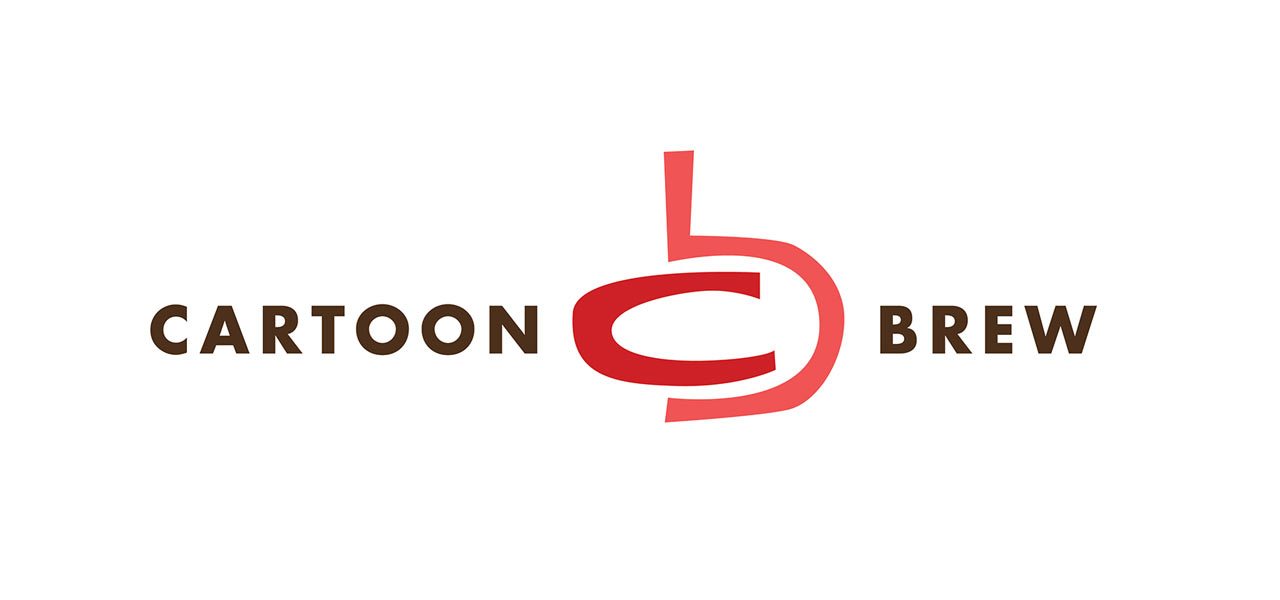

A Response to Hoodwinked’s Director
HOODWINKED writer/director Cory Edwards recently defended criticism of his film on Animation Nation. The primary purpose of Edwards’ post is he would like everybody to believe that the reason HOODWINKED looks the way it does is because of the film’s meager production budget combined with the inexperience of his Philippines production crew.
I initially wrote a lengthy response addressing his comments, but afterwards realized that my thoughts could basically be summed up in two brief ideas:
1.) The budget of HOODWINKED was not the primary barrier to its low artistic quality. Sylvain Chomet’s THE TRIPLETS OF BELLEVILLE was produced for a slight $8 million and Masaaki Yuasa’s recent masterpiece MIND GAME was produced for a similarly low figure. My favorite Bill Plympton feature, HAIR HIGH, was produced for well under $1 million. These films, however, were created by artists who understood the medium of animation and who wanted to exploit the unique possibilities inherent within the medium; the films were also created by artists who understood their budget going into the production, and the possibilities and limitations of what such a budget presented. If anything, a small budget can be a blessing that allows filmmakers the freedom to take creative risks that would not be possible on a big budget feature. But HOODWINKED lacks any such artistic motivation. The only vision behind this film, as far as one can tell from the finished results, is a shrewd opportunity to capitalize on the fairytale-skewering success of the SHREK franchise. The production was clearly set up to create a lame CG knockoff of SHREK, and not to create a distinctive animated film appropriate to the budget, like TRIPLETS, MIND GAME or HAIR HIGH.
2.) Edwards argues that the film wasn’t made by executives, but by struggling filmmakers. Yet, in true executive fashion, he blames the artists for the film’s shortcomings: “I KNOW the animation could be better! The film was made with the skill levels we had at the studio we could afford,” he says. Real artists don’t blame the other hard-working artists on their crew for their film’s shortcomings. In fact, the visual deficiencies of HOODWINKED originated long before the overseas studio ever got its hands on the film. In the latest issue of ANIMATION MAGAZINE, there are hand-drawn model sheets from the film, and the model sheets are as poorly designed as the CG characters in the film are modeled. In other words, the skill levels of the overseas artists seem to have been fine, and they did a good job of translating the designs to CG, but the artwork they had was weak to begin with. Similarly, the quality of animation was likely the result of the direction the overseas artists were receiving rather than their own doing. It’s disingenuous to blame the overseas production crew for problems that could have been addressed in pre-production if the filmmakers had had a more solid grasp of the animation medium.
Edwards says that the only way he can create something of artistic value is for somebody to give him more money. “If I direct more animation, my first choice will always be to make it in the U.S. and for a much bigger budget.” Perhaps first he could explain though why HOODWINKED looks the way it does when he already had a more than adequate budget to create a quality piece of animation.

.png)